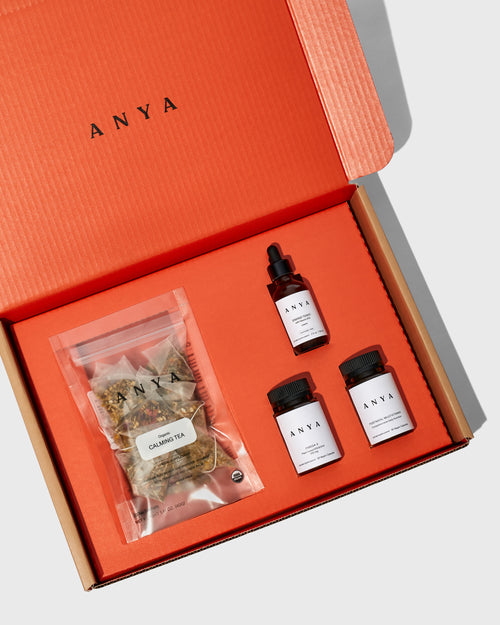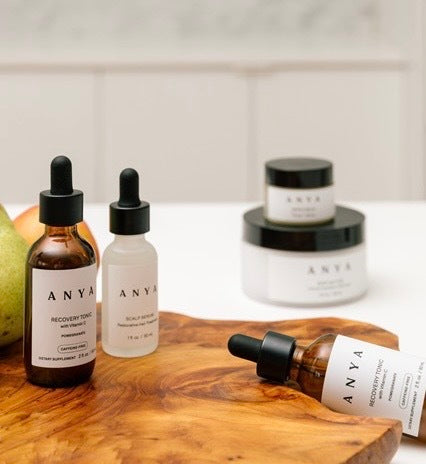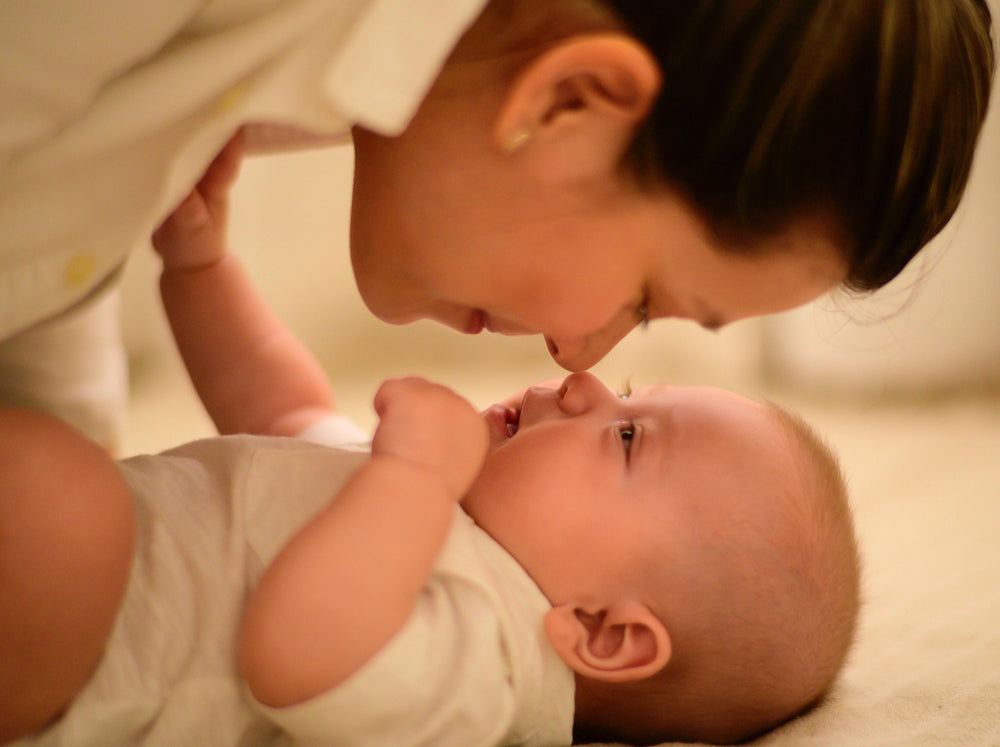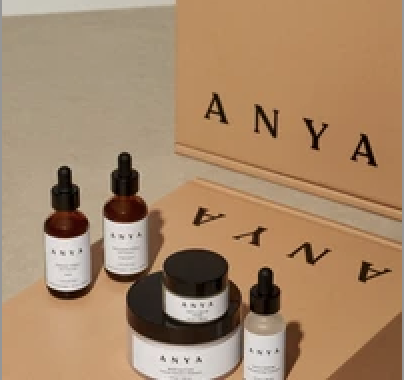“I knew that lithium was not pregnancy-safe, which makes sense because it is not really adult-safe either.”
I’m one of those “planner” people. My five-year plan looked like this: get married, get a good job, buy a house, have a baby. It took some time to convince my husband about the suburbs and the baby, but three years into our marriage, he was ready to be a father. Now all I had to do was figure out with my psychiatrist how I could do it safely.
For over a decade, I had been taking lithium to treat bipolar disorder—something that I was diagnosed with after a very difficult childhood that included depression, anxiety, and suicide attempts. I knew that lithium was not pregnancy-safe, which makes sense because it is not really adult-safe either. When you are on lithium, you have to get blood work done every three months because if the level in your bloodstream gets too high, it can permanently damage your kidneys.
My psychiatrist and I discussed how I would begin the process of weaning off of lithium, going down by increments of 50 milligrams every two weeks and taking a monthly blood test to check my levels. It took about four months to get me from 1,200 milligrams down to nothing. By the end of the fifth month, it was out of my system. And we still had to find a substitute medication that was FDA-approved for pregnancy.
The annoying thing about finding a lithium substitute is that with every one of these types of medications, you have to start slowly: You start at the lowest dose, then go up to see if there is a level that will work for you or to get to the recommended level. And if that doesn’t work, you have to get off of it slowly. You can’t pop on and off of these things.
The first substitute we tried, Latuda, gave me a bad physical reaction. You know possible side effects they list at the end of the television commercials? I had almost every one: body pain, back aches, exhaustion. So I weaned off of that one and tried Wellbutrin, which I had been on as a teenager to treat my depression. The best way to put it is that I became a really, really bitchy person. In the past, I had been able to control my mood swings around coworkers; now I was losing my patience with people very easily, and it was becoming a problem. That’s when my psychiatrist and I made the decision that instead of replacing the lithium with something else, we would just try to go up on lamotrigine—the medication I was on when I was taking the lithium. It worked. We were almost exactly a year into the process, and we had a plan.
At that point, other factors in my life put the pregnancy plan on pause. I was miserable at my job, and I knew that before embarking on this life-changing event, I had to be happy—or at least not miserable. I quit my job and started looking for something better. I also convinced my husband that we had to move to the suburbs, and we started house-hunting. Finally, in January 2020, I was like, “Okay, I love my new job. We have the house. We have a stable income. Let’s do this.”
That month I had my first appointment with a new psychiatrist at a clinic that specializes in psychiatric treatment for prenatal and postnatal women. We talked about how I had weaned off of lithium, what worked as a substitute (going up on lamotrigine), and what didn’t work (everything else). We had a plan that we all felt good about. That’s when this new psychiatrist looked at me and said, “Yes, that plan is pregnancy-safe, but it’s not breastfeeding-safe.”
Everything had always focused on pregnancy, pregnancy, pregnancy, so I hadn’t even considered whether I would be able to breastfeed. I was taken aback and conflicted at first, but since it was a matter of what was safest for the baby, I accepted it. If my breastmilk was potentially unsafe, the choice was made.
While I was pregnant, I didn’t think too much about feeding. I did some research on formulas and weirdly got sent samples from Similac and Enfami (how did they know?!). At work, there were a couple of us who were pregnant at the same time, so we set up a side chat on Slack. When the topic of breastfeeding came up, I said that I wasn’t going to do it for medical reasons. That was that. I used that same line over and over (and still do) because once you say that it’s for medical reasons, no one tries to convince you otherwise, or guilts you, or asks you questions. It’s the perfect thing to say to end the conversation.
My doctors knew my feeding plan. I told the labor and delivery nurses—and then all the other nurses. I was in labor for twenty-one hours, so there were a lot of people to tell. I should have just worn a sign.
Immediately after Oliver was born, I made sure we had skin-to-skin contact. He was gooey and covered in all the delivery stuff, but I wanted him on my chest, to feel him on me. And when I gave him his first feeding, it was Similac Pro-Advance—that’s the formula they had at the hospital. (I’d brought three different types of bottles and nipples with me to the hospital, but since it was a premixed formula, they used the nipples that fit that specific container.)
Oliver is two and a half weeks old. He still takes Similac, but now we use the powder because it’s less expensive and we have this cool Keurig-like machine that adds water and mixes the exact amount of formula you want. I feel incredibly lucky because Oliver has a very healthy appetite and takes his formula from just about any bottle and nipple.
As for managing my breasts and making sure I don’t lactate, I wear a sports bra one size too small and put ice packs in it to stop my milk from coming in. I felt a little engorgement a few days after the birth and had some leaking, but not much. When I take showers, I don’t let the water run over my chest because the heat could still stimulate my milk ducts.
Everyone said that one of the benefits of formula feeding is that you are able to get some sleep. The truth is, even if I’m not giving Oliver a bottle, I wake up in the middle of the night when I hear him cry. Another benefit of bottle feeding: It’s nice to see other people feeding Oliver, especially my husband. Not only is it a big help for me but it helps him bond with Oliver, too. And when my sister and mother come over, they give Oliver a bottle. It’s been really nice to watch other people feed him as a newborn. And my dad said he appreciated being able to give Oliver a bottle (which he hadn’t done with his other grandchildren because they were all breastfed).
I love feeding Oliver. We make eye contact, and I get to see all the little facial expressions he makes while he eats. Everyone says it’s gas, but to me, they are smiles. And my favorite part is when it’s time to burp him: I put him over my shoulder, and when he starts turning his head from side to side—which I know he is just doing because he is looking for the nipple—his little mouth finds my cheek and he starts sucking on it. We’ve figured out a way to do our own skin-to-skin.
He’s a happy, healthy little boy. And he’s thriving. I guess we both are. And not being able to breastfeed him feels like such a small price to pay to keep my mental illness in check.
The author is thirty-two years old and lives with her husband and newborn baby in Westbury, New York.






